(CLO) The secret of Earth's past is hidden in ice cores deep under the white ice at the poles.
These ice cores contain ancient air bubbles, helping us reconstruct Earth's past climate and environment, thereby better understanding changes throughout history.
Ice cores can show how temperatures have fluctuated in the past and predict the dire effects of global warming, especially rapid sea level rise.
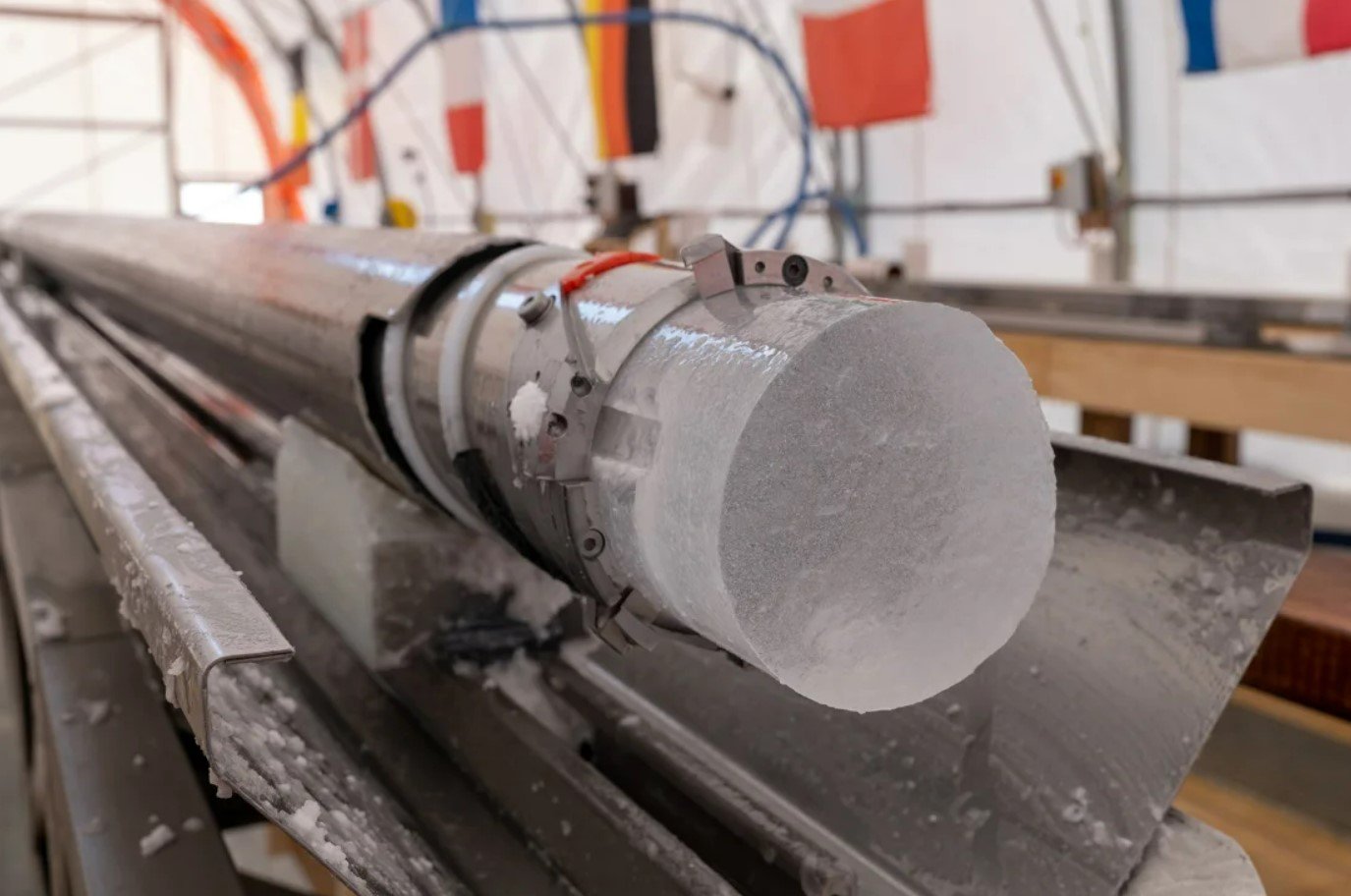
A 2,800-meter-long ice core from Antarctica. (Photo: PNRA/IPEV)
The deeper the ice core, the more history it contains — and the more it could answer the biggest questions about mysterious periods in Earth's 4.5 billion-year history.
The Beyond EPICA - Oldest Ice project, funded by the European Commission, took place during the most recent Antarctic summer from mid-November to mid-January. In total, experts from 12 European scientific organizations spent more than 200 days drilling and processing ice over the past four summers.
The team collected what may be the oldest ice on Earth. They drilled and extracted a 2,800-meter-long ice core from the Antarctic ice sheet. The ice was so deep that scientists reached the bedrock beneath it. The core contained the Earth’s climate history for the past 1.2 million years.
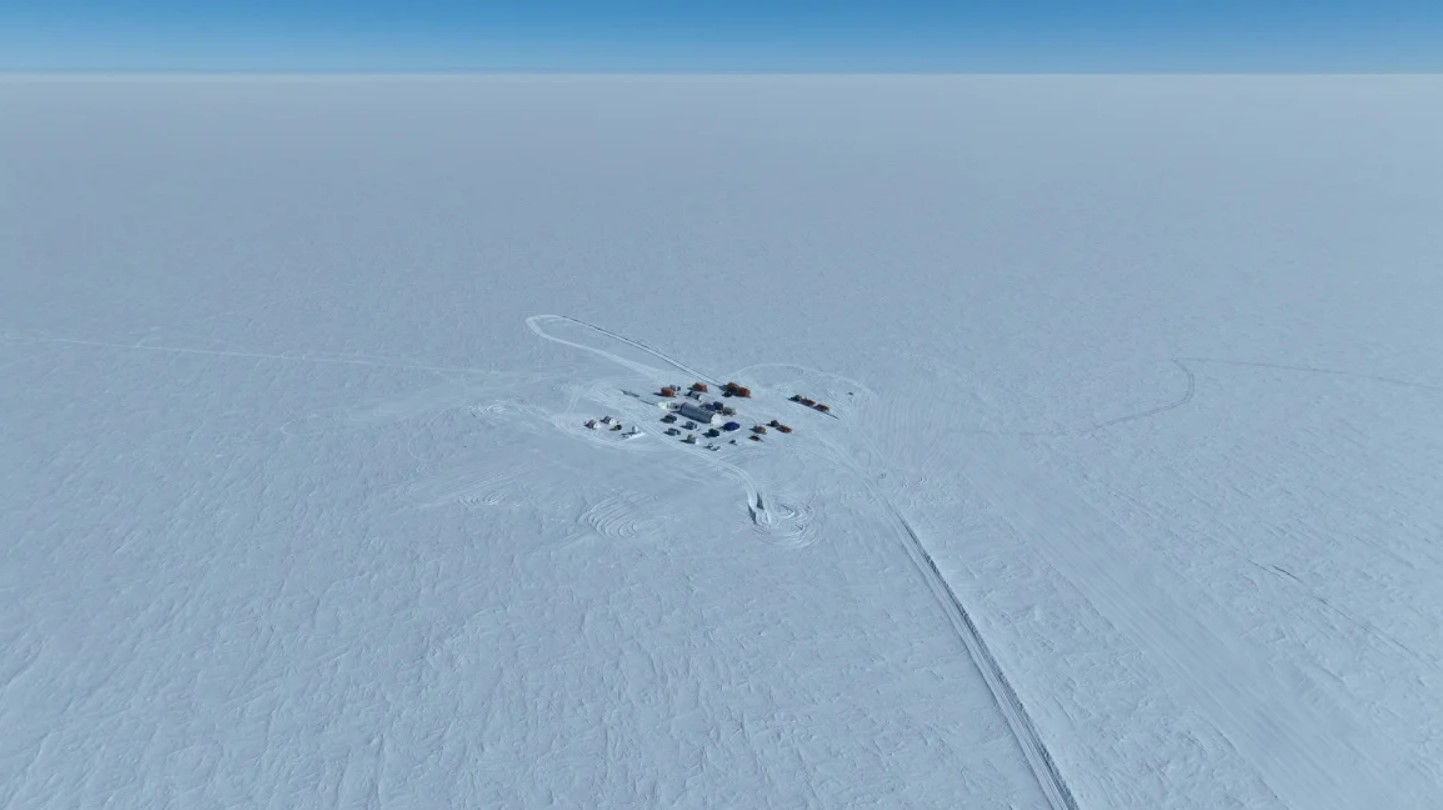
Little Dome C research camp, where scientists have been collecting ancient ice cores in Antarctica. (Photo: PNRA/IPEV)
The program builds on the goals of the original EPICA project, which ran from 1996 to 2008. During that time, researchers drilled a deep ice core and discovered links between climate and atmospheric greenhouse gases over the past 800,000 years.
Air bubbles and dust particles in ice cores may reveal what caused ice ages to become longer and more severe about 1 million years ago, an event that caused a severe decline in ancient animal populations, including human ancestors.
According to a 2023 study published in the journal Science, the global population dropped to about 1,280 breeding individuals between 930,000 and 813,000 years ago and then remained that small for about 117,000 years. The study authors said this event “brought our human ancestors to the brink of extinction.”
Ha Trang (according to PNRA, Science, CNN)
Source: https://www.congluan.vn/loi-bang-co-the-he-lo-ve-qua-khu-bi-an-cua-trai-dat-post330245.html


![[Photo] Hundred-year-old pine trees – an attractive destination for tourists in Gia Lai](https://vstatic.vietnam.vn/vietnam/resource/IMAGE/2025/4/17/25a0b7b629294f3f89350e263863d6a3)
![[Photo] President Luong Cuong receives Kenyan Defense Minister Soipan Tuya](https://vstatic.vietnam.vn/vietnam/resource/IMAGE/2025/4/17/0e7a5185e8144d73af91e67e03567f41)
![[Photo] Warm meeting between the two First Ladies of the Prime Ministers of Vietnam and Ethiopia with visually impaired students of Nguyen Dinh Chieu School](https://vstatic.vietnam.vn/vietnam/resource/IMAGE/2025/4/17/b1a43ba73eb94fea89034e458154f7ae)
![[Photo] Welcoming ceremony for Chinese Defense Minister and delegation for friendship exchange](https://vstatic.vietnam.vn/vietnam/resource/IMAGE/2025/4/17/fadd533046594e5cacbb28de4c4d5655)
![[Photo] Prime Minister Pham Minh Chinh and Ethiopian Prime Minister visit Tran Quoc Pagoda](https://vstatic.vietnam.vn/vietnam/resource/IMAGE/2025/4/17/18ba6e1e73f94a618f5b5e9c1bd364a8)
![[Photo] General Secretary To Lam receives French Ambassador to Vietnam Olivier Brochet](https://vstatic.vietnam.vn/vietnam/resource/IMAGE/2025/4/17/49224f0f12e84b66a73b17eb251f7278)


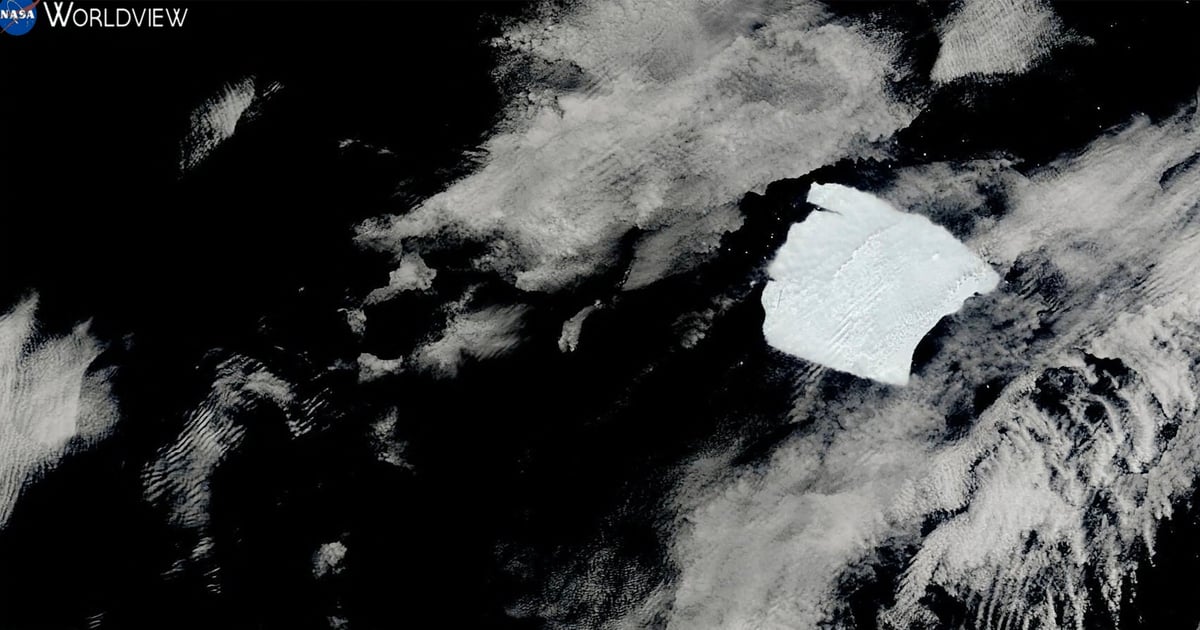

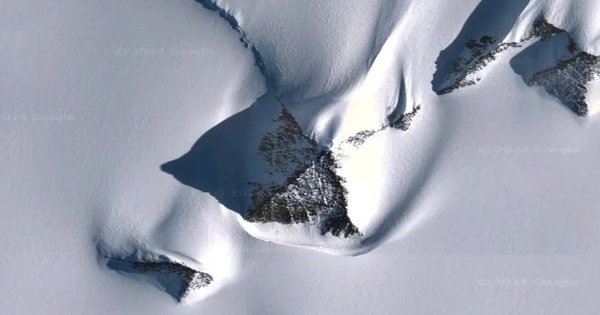


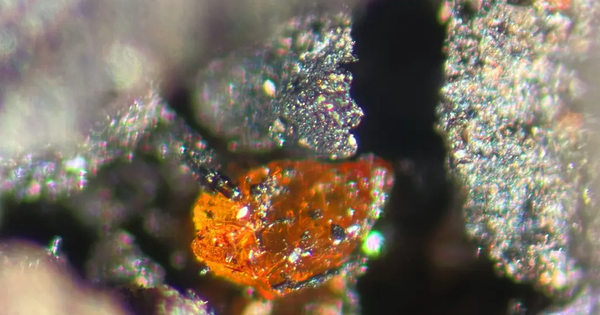
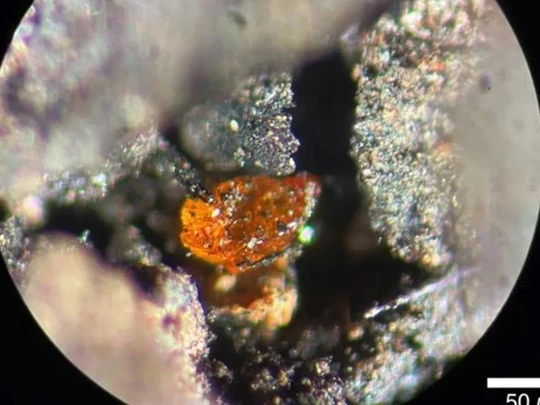




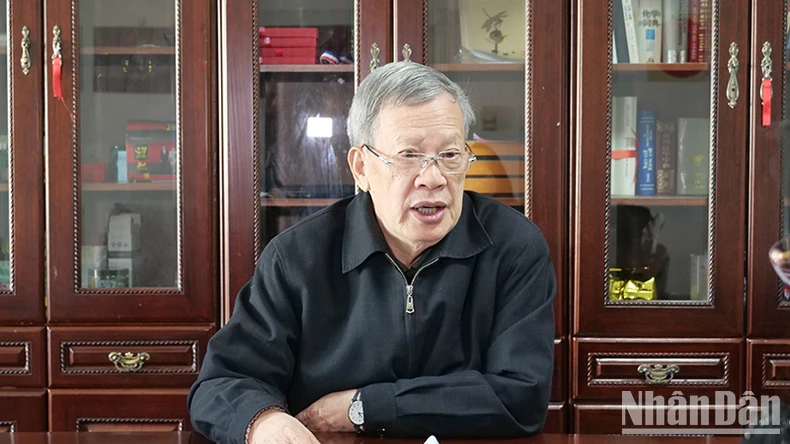

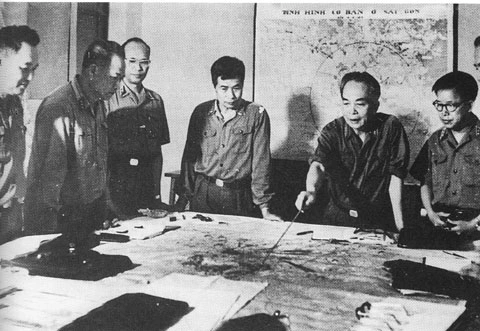








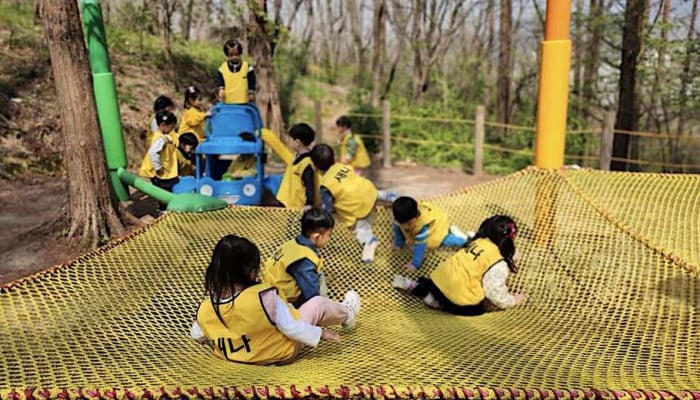

![[Photo] Promoting friendship, solidarity and cooperation between the armies and people of the two countries](https://vstatic.vietnam.vn/vietnam/resource/IMAGE/2025/4/17/0c4d087864f14092aed77252590b6bae)




























![[Video] Viettel officially puts into operation the largest submarine optical cable line in Vietnam](https://vstatic.vietnam.vn/vietnam/resource/IMAGE/2025/4/17/f19008c6010c4a538cc422cb791ca0a1)

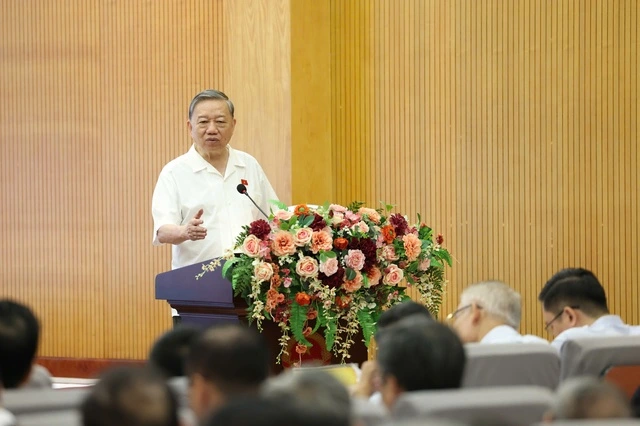


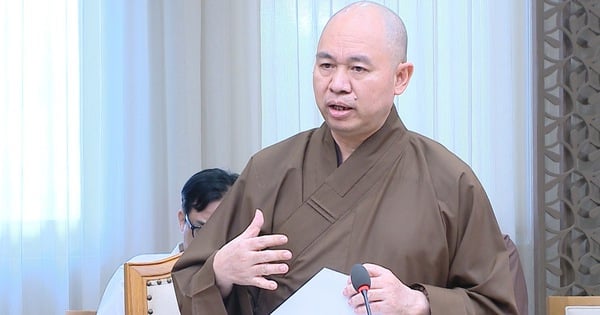

















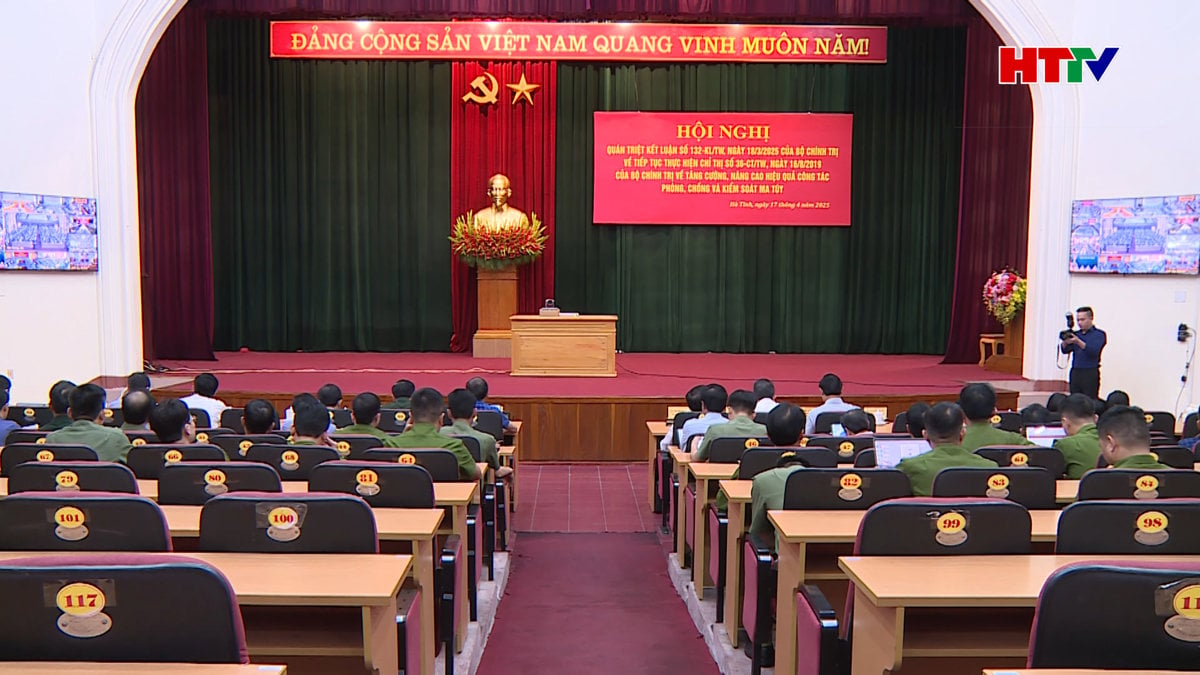
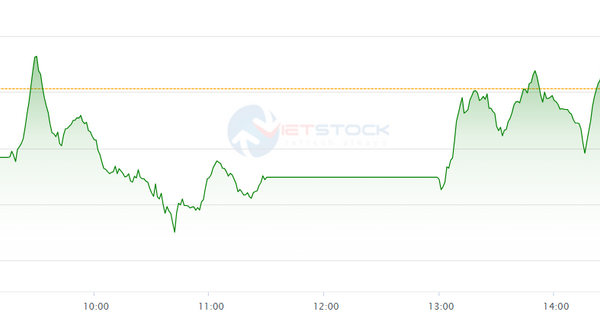













Comment (0)